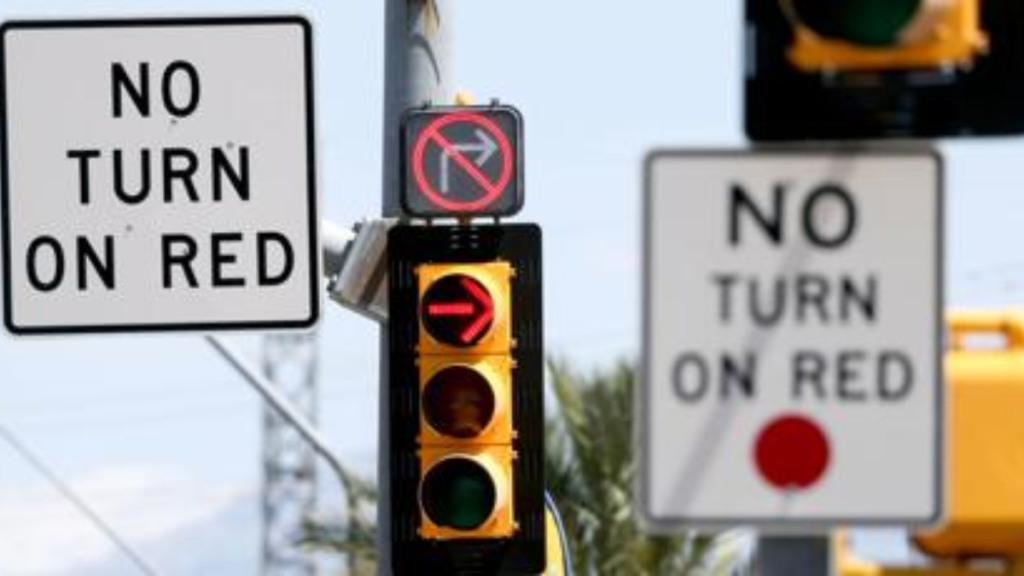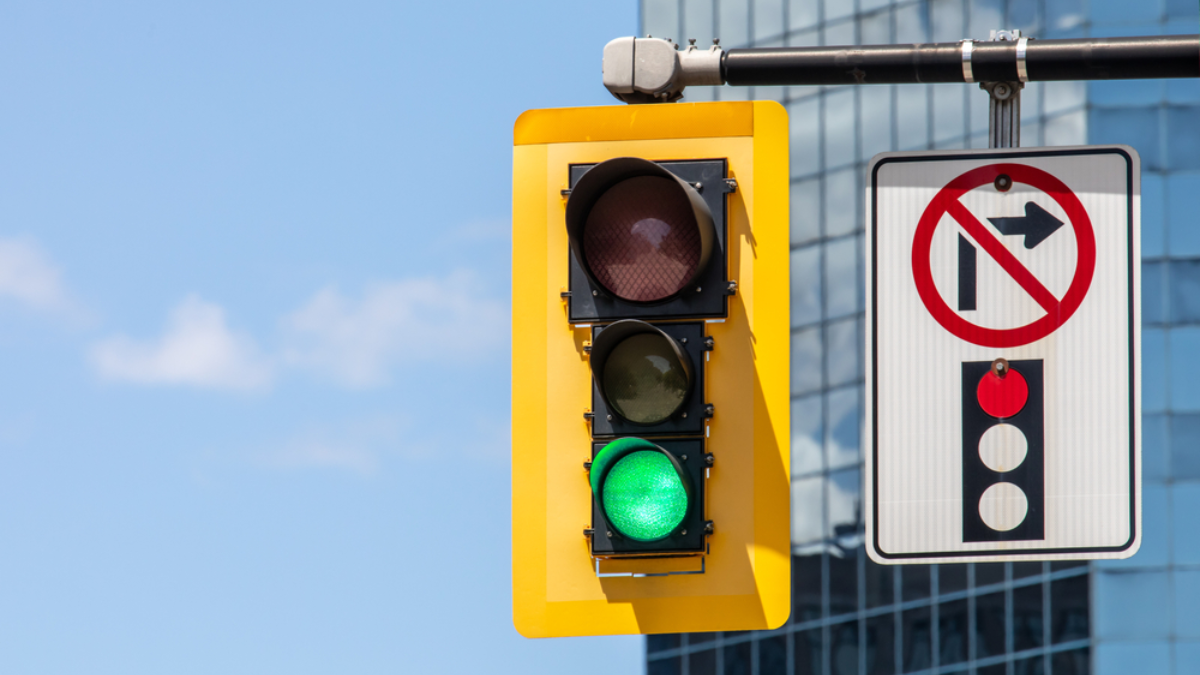HONOLULU, HI — Hawaii is cracking down on dangerous driving habits in some of its busiest neighborhoods. In a move aimed at protecting pedestrians and cyclists, the Hawaii Department of Transportation (HDOT) has begun enforcing new restrictions on right turns at red lights in key tourist zones, including sections of Ala Moana Boulevard and Waikiki.
The restriction, which took effect in late 2023, is part of a broader initiative to reduce traffic collisions in urban areas that see high volumes of foot traffic, especially from visitors unfamiliar with local roadways.
Why the Change Was Needed
Right turns on red lights have long been legal in Hawaii, as they are in most U.S. states, under certain conditions. Hawaii Revised Statutes §291C-32 allows drivers to turn right on a red signal after a complete stop, unless posted signs prohibit it.
However, state transportation officials began reviewing accident data over the last few years that revealed an alarming trend: several high-traffic intersections—especially in the Honolulu urban core—were the sites of frequent pedestrian collisions, many of them involving vehicles making right turns on red.
At the intersection of Ala Moana Boulevard and Hobron Lane, for instance, HDOT reported 22 traffic accidents before installing the new “No Right Turn on Red” signage. Since implementation, crashes at that intersection have dropped to zero, according to local traffic reports.
Targeting Tourist Zones
Many of the new signs have been posted in neighborhoods that attract high volumes of tourists, such as Waikiki, Ala Moana, and Kakaako. These areas are not only popular with visitors, but are also densely populated with hotels, shops, beaches, and restaurants. The result is frequent pedestrian movement—often from individuals unfamiliar with the area or traffic patterns.
“Drivers approaching major intersections are often scanning left to find a gap in traffic to make a turn, not watching for people crossing in front of them,” said HDOT Director Ed Sniffen. “That’s where we saw a lot of close calls and collisions happening.”

To address this, HDOT is using both data and local feedback to determine where to place signs, focusing first on intersections with a history of pedestrian or cyclist-related incidents. Additional signs are planned as part of HDOT’s ongoing safety upgrades across the island of Oʻahu.
Legal Backing and Enforcement
While the new signage restricts drivers from turning right at a red light at specific intersections, the underlying authority comes from both state and county regulations. Under the Revised Ordinances of Honolulu §15-6.3, the city has the right to prohibit turns against a red signal at any intersection by erecting appropriate signs.
Violators of the new restriction face penalties consistent with Hawaii’s traffic enforcement statutes. An improper turn against a posted sign is considered a traffic infraction under §291C-161, and fines generally range between $100 to $200, depending on the circumstances.
The Honolulu Police Department (HPD) has begun issuing citations at some of the newly marked intersections, but officials say the focus for now is on public awareness and education. “We’re not trying to catch people off guard,” said an HPD spokesperson. “Our goal is to prevent injury and make roads safer for everyone.”
Public Reactions
The new restrictions have received mixed reviews from residents and visitors alike. Some drivers say the changes have added unnecessary delays to their commutes.
“It’s frustrating not being able to make a right on red, especially when there’s no one crossing,” said Mike McChrystal, a resident of Kaimuki. “You feel like you’re just sitting there waiting.”
Others see the change as a positive step toward safer streets. “As someone who walks around Waikiki with my daughter almost every weekend, I welcome it,” said Valentin Gabaon of Kailua. “We’ve had too many close calls. Cars are often in a rush and not looking for people crossing.”
Part of a National Trend
Hawaii is not alone in reconsidering the decades-old policy of allowing right turns on red. Several major U.S. cities, including Washington, D.C., San Francisco, and Chicago, have adopted or are piloting similar bans—especially in downtown cores with high pedestrian volume.
Data from the Governors Highway Safety Association shows a nationwide increase in pedestrian fatalities in recent years, prompting transportation agencies to prioritize “Vision Zero” plans focused on eliminating traffic deaths.
What Comes Next
The Hawaii Department of Transportation has not released a full list of intersections affected by the no-turn-on-red rule, but a spokesperson confirmed that the program will expand to other tourist-heavy parts of the state based on data and safety needs.
For now, HDOT encourages all drivers—residents and visitors—to remain alert, obey posted signage, and remember that pedestrian safety is a shared responsibility.
“Every second we spend being cautious could be a life saved,” Sniffen said.
For More Information: Hawaii Department of Transportation – Red-Light Safety Program
Disclaimer – Our team has carefully fact-checked this article to make sure it’s accurate and free from any misinformation. We’re dedicated to keeping our content honest and reliable for our readers.
